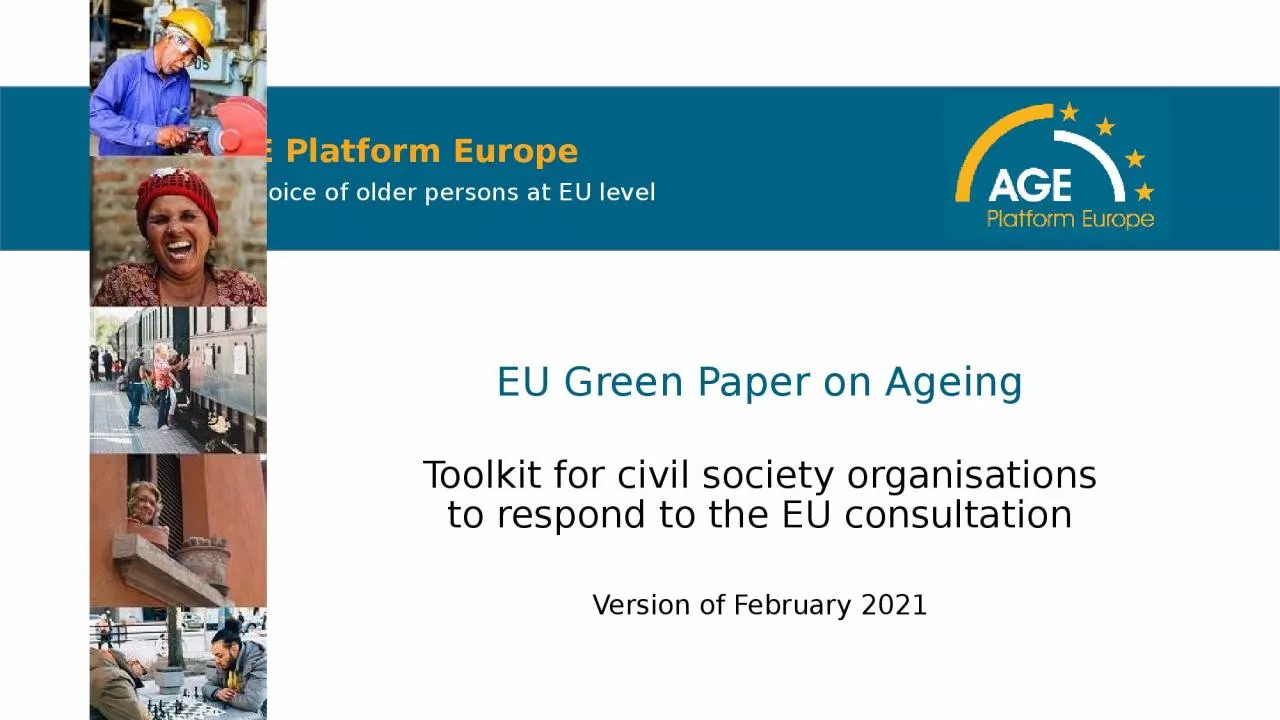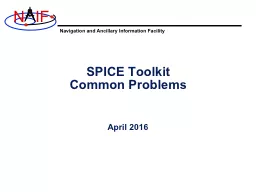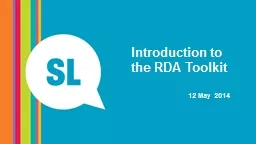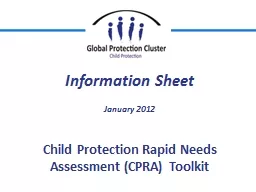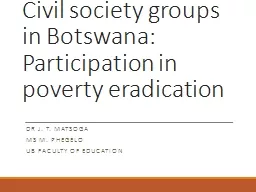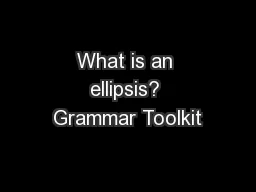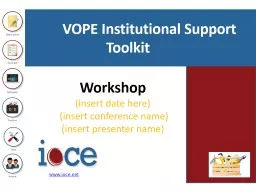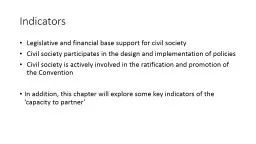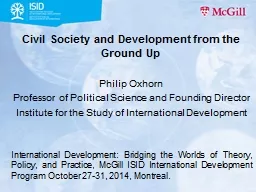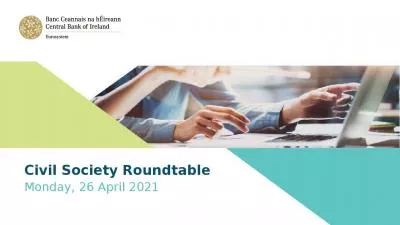PPT-Toolkit for civil society
Author : LifeOfTheParty | Published Date : 2022-08-04
organisations to respond to the EU consultation Version of February 2021 AGE Platform Europe The voice of older persons at EU level EU Green Paper on Ageing Structure
Presentation Embed Code
Download Presentation
Download Presentation The PPT/PDF document "Toolkit for civil society" is the property of its rightful owner. Permission is granted to download and print the materials on this website for personal, non-commercial use only, and to display it on your personal computer provided you do not modify the materials and that you retain all copyright notices contained in the materials. By downloading content from our website, you accept the terms of this agreement.
Toolkit for civil society: Transcript
Download Rules Of Document
"Toolkit for civil society"The content belongs to its owner. You may download and print it for personal use, without modification, and keep all copyright notices. By downloading, you agree to these terms.
Related Documents

